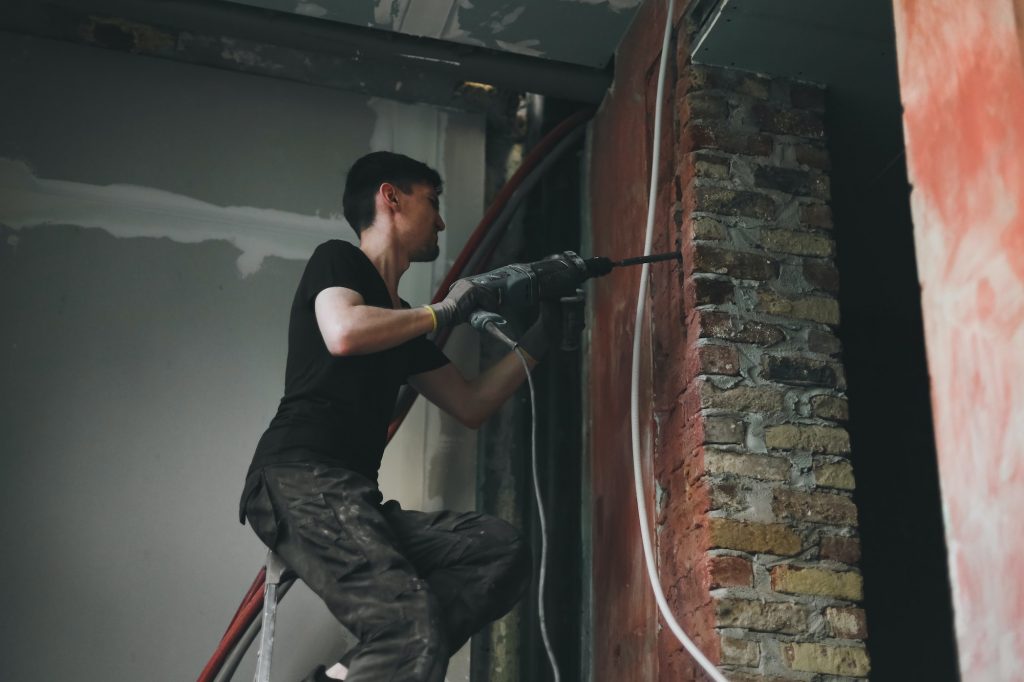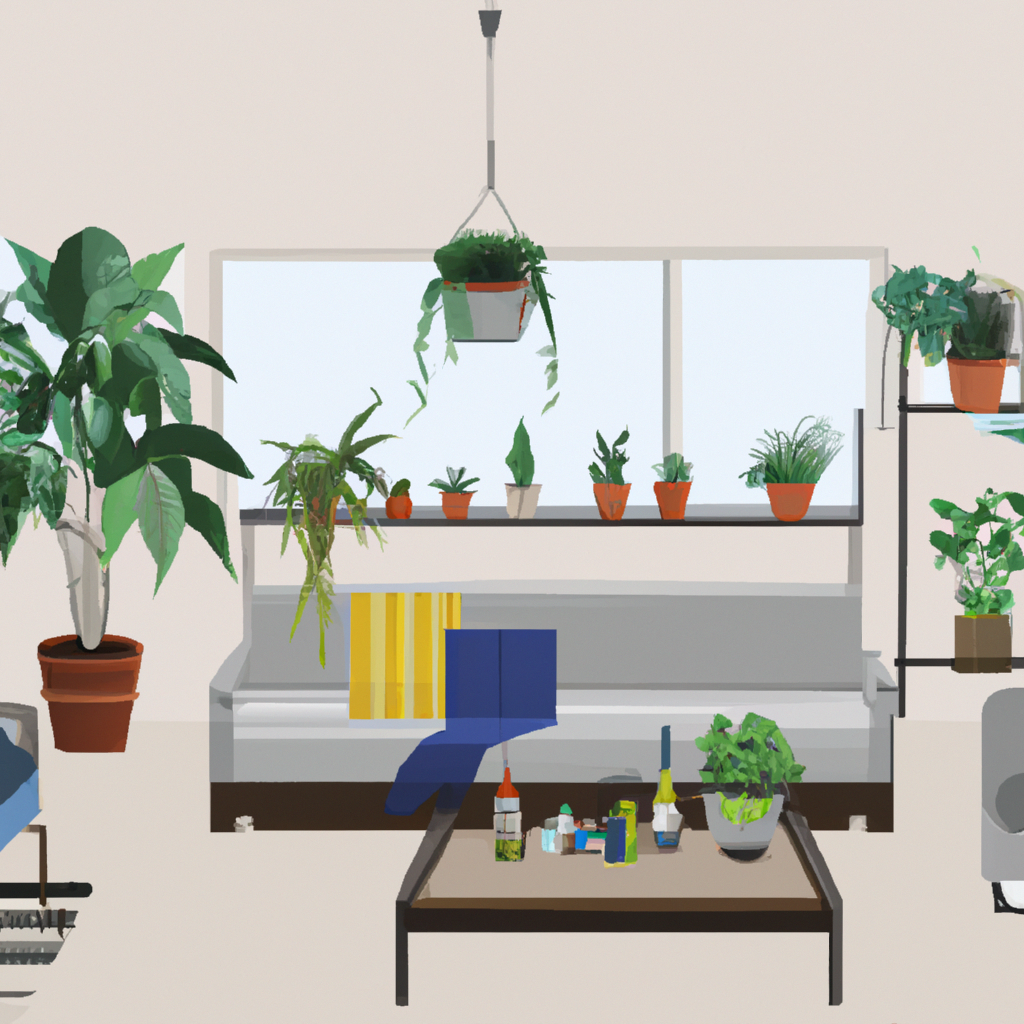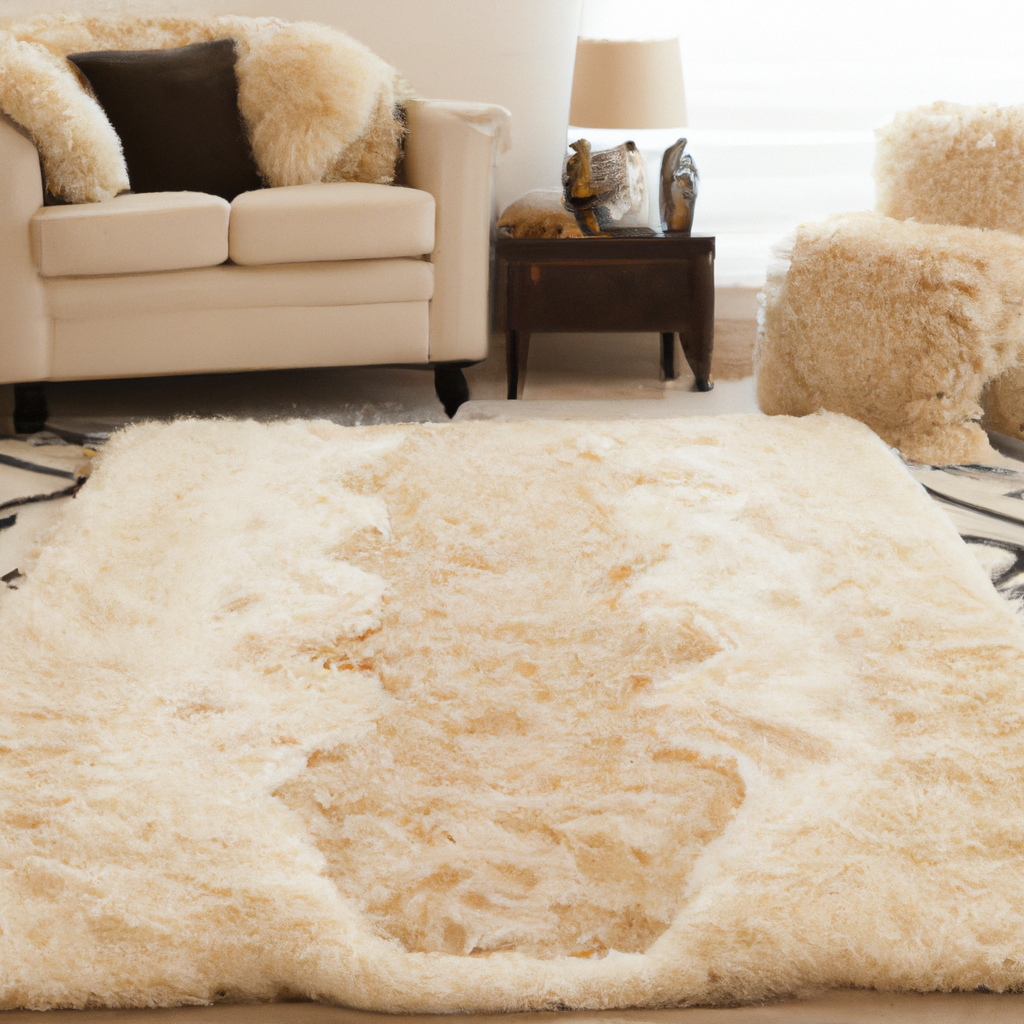
Humidity refers to the amount of water vapor present in the air. It can have a significant impact on your home, both positively and negatively. High humidity levels can lead to a number of problems such as mold growth, increased allergens, and even structural damage to your home. On the other hand, low humidity levels can cause dry skin, static electricity, and can even affect the health of indoor plants. In this article, we will discuss the impact of humidity on your home and how to control it effectively.
Understanding Humidity
Humidity is measured in terms of relative humidity, which is the ratio of the current water vapor pressure to the maximum water vapor pressure at a given temperature. When relative humidity is high, it means that the air is holding more water vapor than it can hold at that temperature. This results in high humidity levels. Conversely, when relative humidity is low, it means that the air is holding less water vapor than it can hold at that temperature.
The Impact of High Humidity on Your Home
High humidity levels in your home can lead to a number of problems, including:
Mold Growth
High humidity levels can cause mold growth in your home. Mold thrives in warm and moist environments and can cause a number of health problems if not addressed promptly.
Increased Allergens
High humidity levels can also increase allergens in your home. Dust mites, for example, thrive in high humidity environments and can cause allergy symptoms for some individuals.
Structural Damage
High humidity levels can cause structural damage to your home over time. Excessive moisture can cause wood to rot, metal to rust, and even weaken the structure of your home.
The Impact of Low Humidity on Your Home
Low humidity levels in your home can also lead to a number of problems, including:
Dry Skin
Low humidity levels can cause dry skin, especially during the winter months when the air is already dry.
Static Electricity
Low humidity levels can also lead to an increase in static electricity. This can cause shocks when touching metal objects and can even damage electronic devices.
Indoor Plant Health
Low humidity levels can also affect the health of indoor plants. Most plants thrive in environments with high humidity levels and can become dry and brittle when the humidity levels are too low.
How to Control Humidity in Your Home
There are a number of ways to control humidity in your home, including:
Use a Dehumidifier
One of the most effective ways to control humidity in your home is by using a dehumidifier. Dehumidifiers work by removing excess moisture from the air, thereby reducing the humidity levels in your home.
Ventilation
Proper ventilation is also important for controlling humidity levels in your home. Opening windows and doors can help increase air flow and reduce humidity levels.
Humidifier
Using a humidifier can also help control humidity levels in your home. Humidifiers add moisture to the air, thereby increasing the humidity levels in your home.
Proper Insulation
Proper insulation can also help control humidity levels in your home. Insulation helps keep your home warm in the winter and cool in the summer, which can help reduce the amount of moisture in the air.
Conclusion
In conclusion, humidity levels in your home can have a significant impact on your health, comfort, and even the structure of your home. By understanding the impact of humidity and knowing how to control it effectively, you can maintain a comfortable and healthy living environment for you and your family. Whether you need to reduce high humidity levels or increase low humidity levels, there are a number of options available to you, including dehumidifiers, ventilation, humidifiers, and proper insulation.






